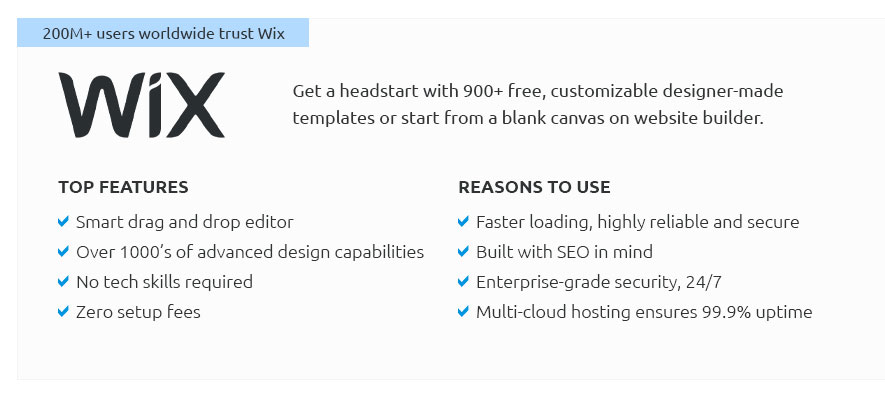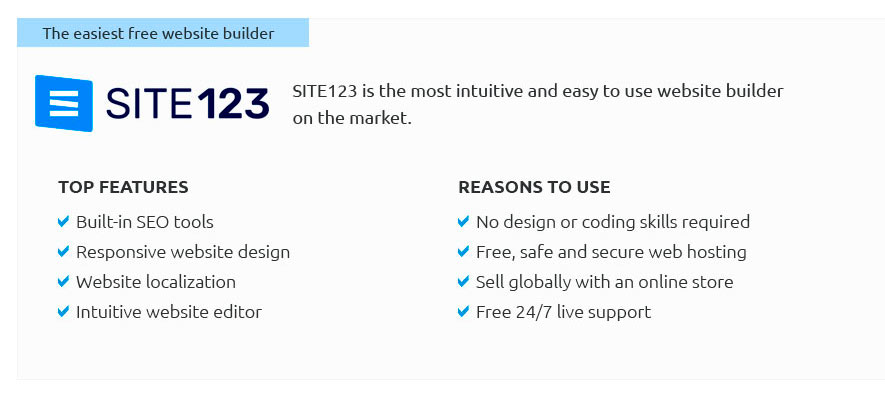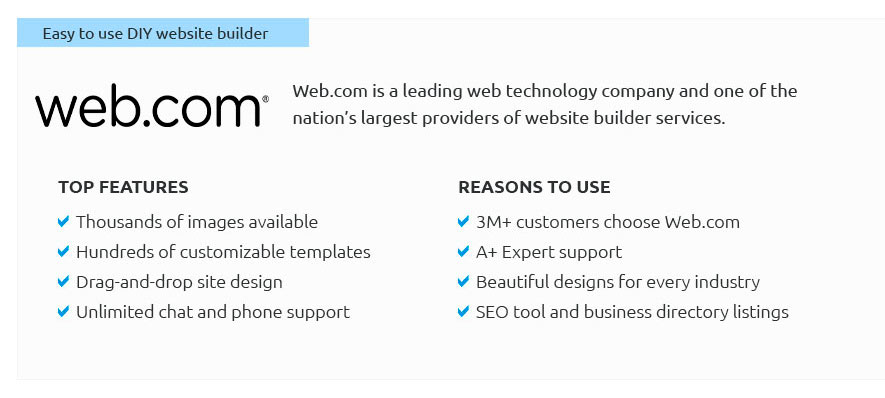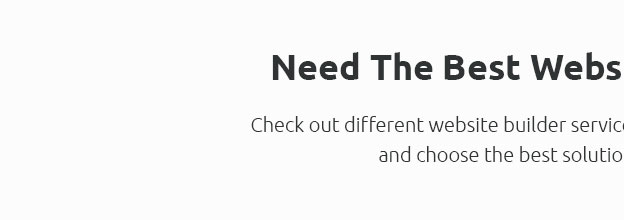 |
 |
 |
 |
|
 |
 |
 |
|
 |
|
 |
 |
|
 |
|
 |
|
 |
 |
How to Set Up a Website: A Comprehensive GuideIn today's digital age, establishing an online presence is more crucial than ever, whether you're a business aiming to reach a broader audience or an individual looking to showcase your work. Setting up a website might seem daunting at first, but with the right approach, it becomes a manageable task. Here's a step-by-step guide to help you through the process. First and foremost, you need to decide on a domain name. This is your website's address on the internet, and it should be both memorable and relevant to your brand or personal identity. Popular domain extensions like .com, .org, and .net are typically preferred, but new extensions are continuously being added, providing more options. Once you've secured a domain name, the next step is choosing a web hosting service. Hosting is crucial because it stores your site's files and makes them accessible online. There are various hosting providers to choose from, ranging from budget-friendly shared hosting to more expensive, dedicated server options. Consider factors like uptime reliability, customer support, and scalability when selecting a host. With your domain and hosting in place, it's time to design your website. You have multiple options here: use a website builder like Wix or Squarespace for a drag-and-drop interface, or go for a more customizable platform like WordPress. If you're tech-savvy, you might opt to build a site from scratch using HTML, CSS, and JavaScript.
After designing, focus on content creation. Quality content is king when it comes to engaging visitors and improving your site's search engine rankings. Regularly update your site with fresh content relevant to your audience's interests. Don't forget about SEO (Search Engine Optimization). Implementing SEO best practices is crucial for driving organic traffic to your site. This includes optimizing meta tags, using alt text for images, and ensuring your site is mobile-friendly. Finally, consider the importance of website security. An SSL certificate is essential for encrypting data exchanged between your site and its visitors, particularly if you handle sensitive information. Regular backups and updates to your CMS or website builder are also vital to protect against cyber threats. In conclusion, setting up a website involves several key steps, each requiring careful consideration. By understanding these fundamentals and staying updated with the latest web trends, you can create an effective and engaging online presence. Whether you're promoting a business or sharing your personal projects, a well-designed website is an invaluable tool in the digital landscape. https://www.godaddy.com/websites/website-builder
Build a FREE website with GoDaddy's Website Builder. Mobile-friendly and modern templates. 24/7 customer support plus all the tools you need to succeed ... https://www.fastmail.help/hc/en-us/articles/1500000280141-How-to-set-up-a-website
You can create each website through the Files Websites page and choose which folder is displayed for that website. https://www.youtube.com/watch?v=eduJO54uCRU
Want to create a beautiful website fast? In this video I teach you How to Make a Website in just 10 MINUTES! You are only 5 simple steps ...
|